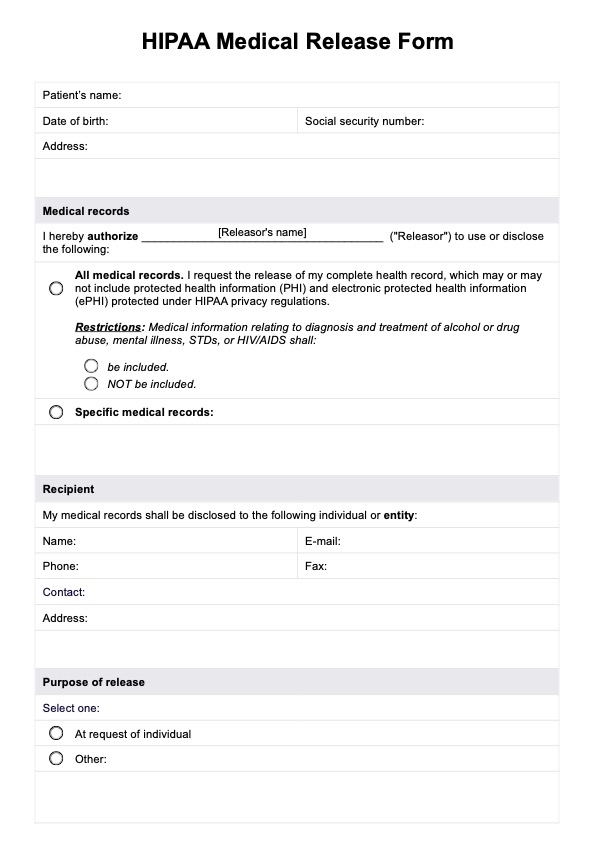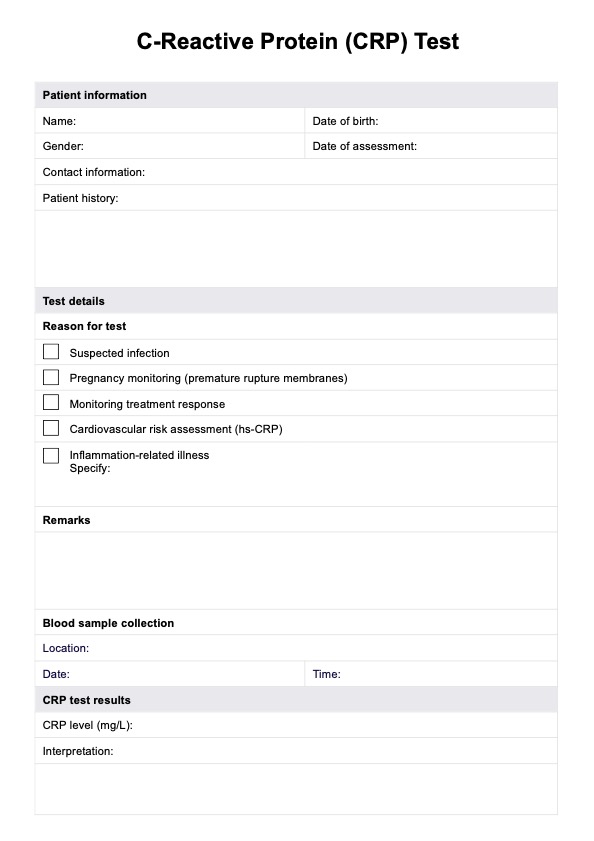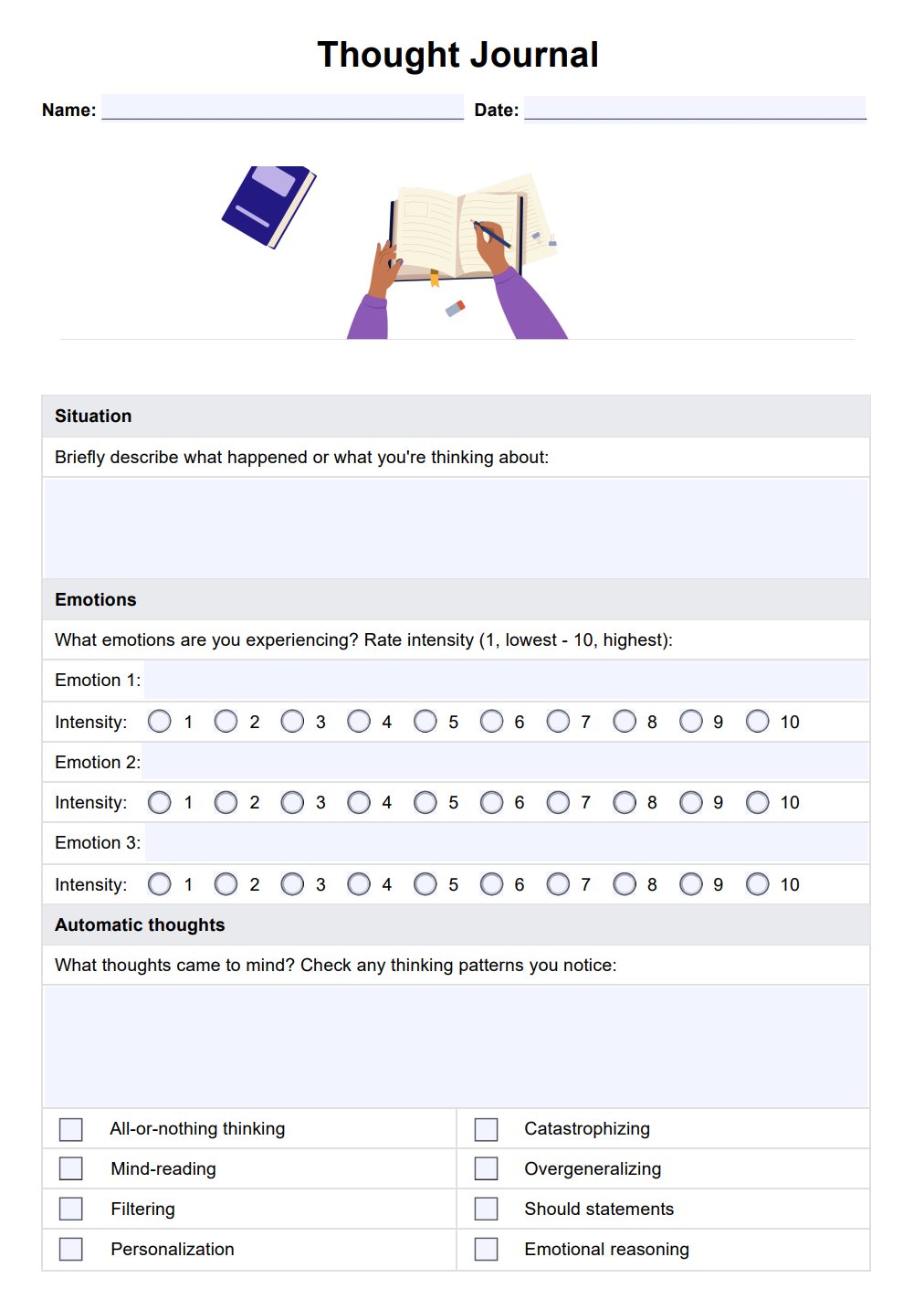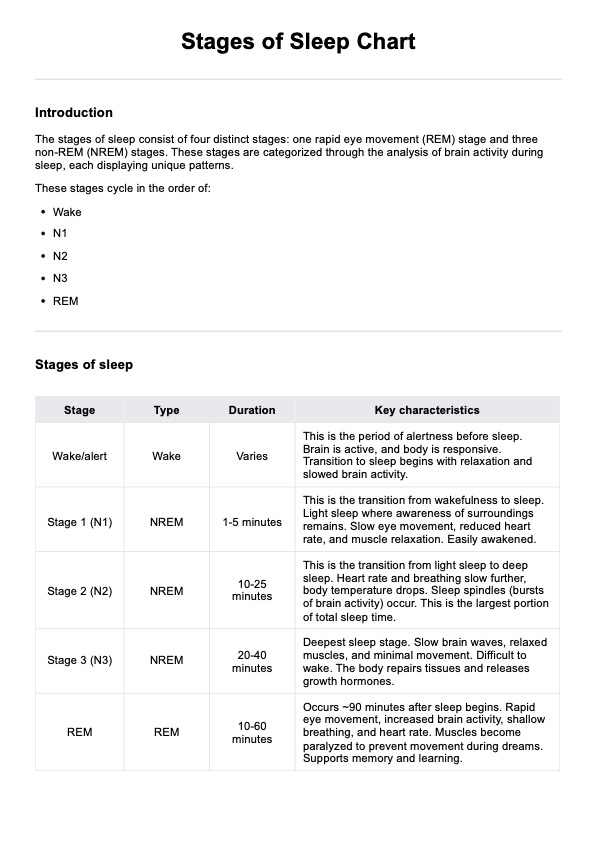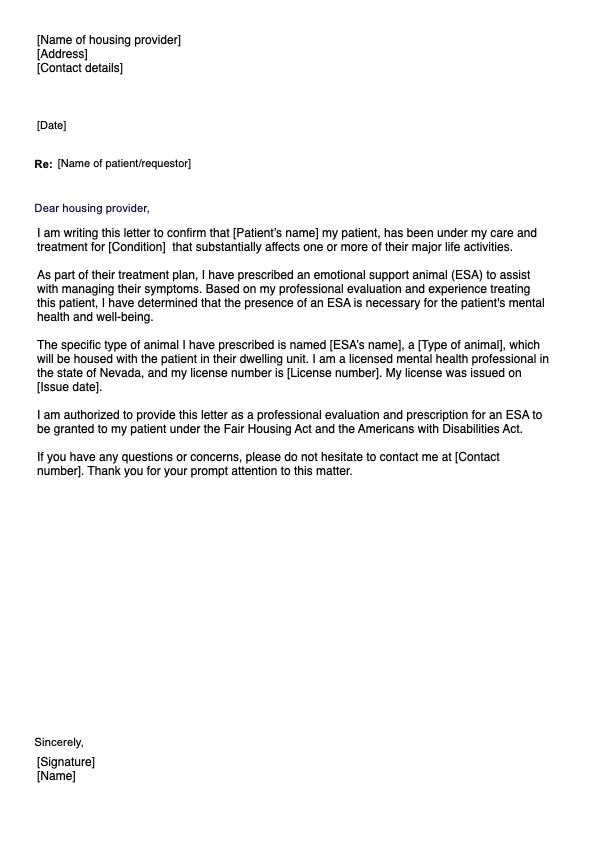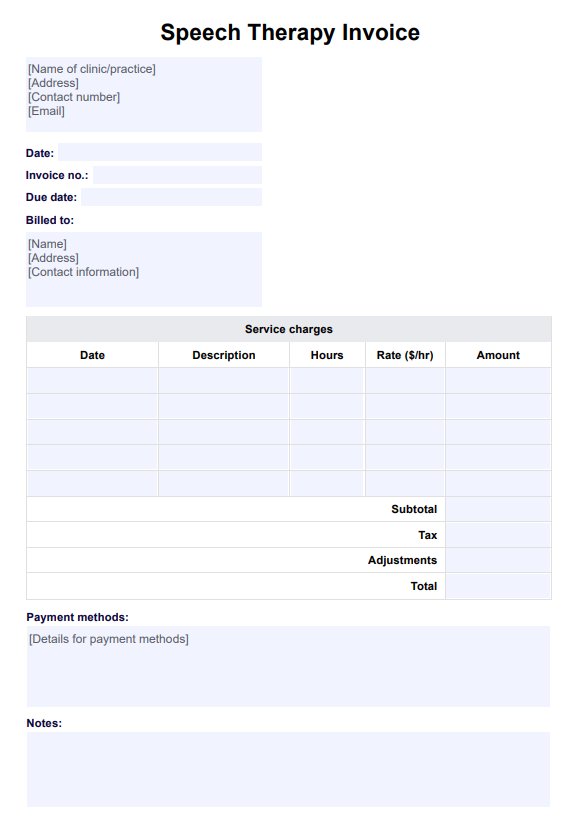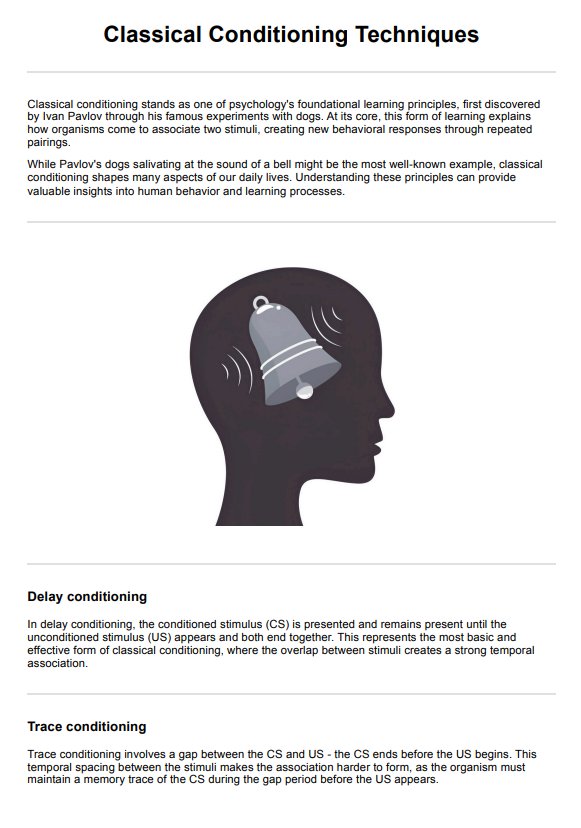Pyromania is listed in the DSM-5 under the category of "impulse control disorders," specifically coded as F63.1.

Pyromania DSM-5 Criteria
Download a handy reference tool with our Pyromania DSM-5 Criteria template.
Use Template
Pyromania DSM-5 Criteria Template
Commonly asked questions
Pyromania falls under the category of "impulse control disorders" in the DSM-5, which includes disorders characterized by difficulties in controlling impulsive behaviors.
Arson involves setting fires with criminal intent, often for personal gain, whereas pyromania is characterised by repeated, deliberate fire-setting driven by emotional tension or gratification without the goal of financial or material gain.
EHR and practice management software
Get started for free
*No credit card required
Free
$0/usd
Unlimited clients
Telehealth
1GB of storage
Client portal text
Automated billing and online payments


